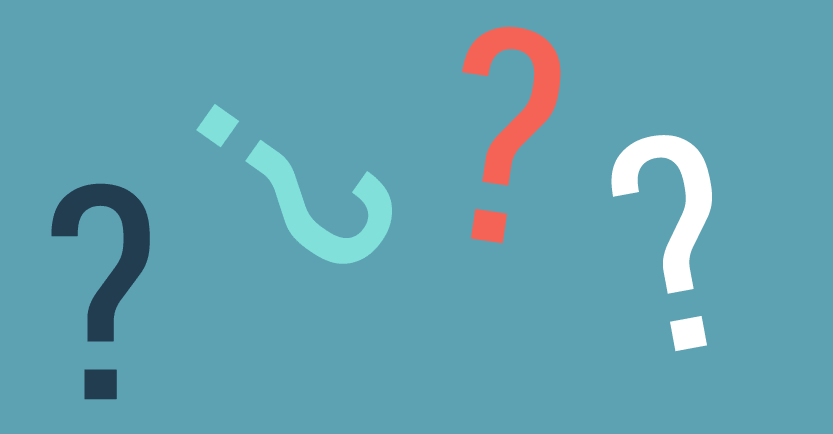I interviewed a UX designer recently. He has been in UX field for many years both in China and UX. He was kind enough to speak with me about his experience and design philosophy and also give me some ideas of how to finding a internship in UX field.
Tell me how you entered the field of user experience design?
I was majored in industrial design in graduate school in China, basically everybody wanted work as interaction design after school at that time because the opportunities in software design were much more than industrial design field and the salary was much higher. on the other hand, the curriculum in industrial design covered some general design topics, such as design methods, user research, and human computer interaction. In China, at that time, there was no UX related major in school. So it makes sense for students with industrial design background to find interaction design job. I was interested in human computer interaction and I learned a lot of UX knowledge by reading online articles and books. And then there was a start up team opportunity for me to join in as a UX designer, I thought it was a good opportunity to get some practical experience. It was the first try for me as a UX designer and I realised there were lots of things in UX field for me to learn. Then I decided to come to US to study UX. Now I graduated and found a job in UX field.I am curious your understanding of UX design.
I am curious your understanding the role of UX design.
I think UX design contains three different levels, product level, interaction level, and component level. Product level is about the strategy of the product. It’s more about why the product should exist, how you define the product after learn about who are the users, what are their pain points. Interaction level is dealing with the structure of the product after the requirements of the product is clearly defined. We construct information architecture and user flow based on our understanding of user’s mental model and the priority of their needs. In this level we always ask the question of how the user should be interacting with the product and how the product will help users achieve their goals. The third level is component level, in this level UX designers/researchers create user interfaces and the visual/tangible elements that users actually will see and touch. In this level, designers will consider more about usability and elements in interface that call to correct functionality so that users can do the right interaction to finish their goal. Some companies may assign three levels to different roles, such as product designers, interaction designer, and visual designers. But I think a good UX design should master all of these three levels of design because they are interconnected with each other.
Which part do you enjoy most in the whole UX process?
I enjoy the part of problem solving very much, specifically, the problem solving by using my visual thinking and by leveraging computer intelligence. I always think about the value of UX designer/research and why companies should hire us. After years of experience in UX field, I think the value of UX designer/research is problem solving. For example, product manager has already figured out user’s problem, it’s the UX designer’s responsibility to think about how to design the product (interface) to solve that problem. It’s not easy, it requires a lot of ideation and validation process.
What kinds of research methods or design methods do you use and how do you use them?
For design, we are following the agile design process. We do brainstorming to find design solutions. We try to include product manager into this brainstorming process because he has clear idea about users’ requirements. I also like sketching and prototyping, by using sketch, I can visualise my design ideas and figure out further design problem in depth. By using prototype, I can validate my design with either stakeholders or users.
For research, there are two kinds of UX research: for validation and for exploration. When we design a new product, we always do exploratory research, such as competitive analysis, interview, focus group, etc. When we do iteration for product design, we use prototypes to do user testing and context inquiry to validate design.
Many of students in my class are now searching for UX intern, do you have any suggestions for them?
I think portfolio is still the best way to present yourself as a designer to the companies. So you should spend lots of time on portfolio to tell your stories. Designers use visual language to phrase design problems. I think young designers should cultivate themselves with visual thinking and use portfolio to present their capability of visual thinking. For example, you should be able to present your design process of your project by not only the paragraph, but also visualising your design story in an appealing way.
